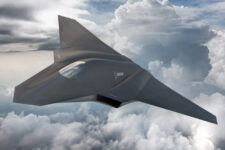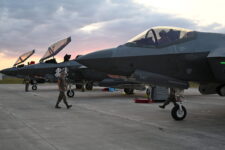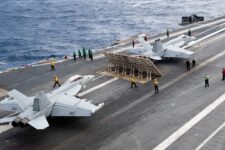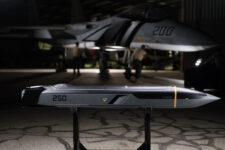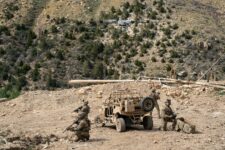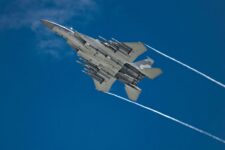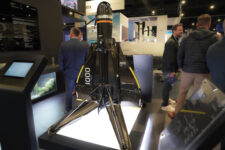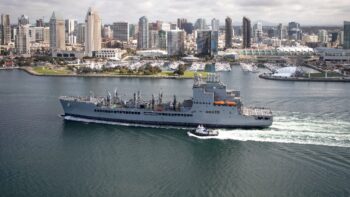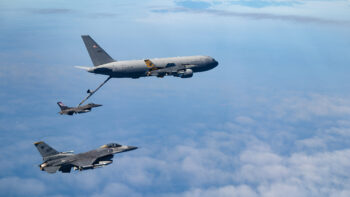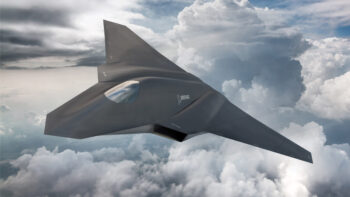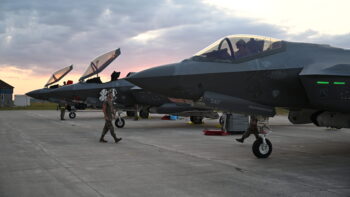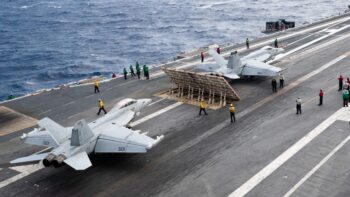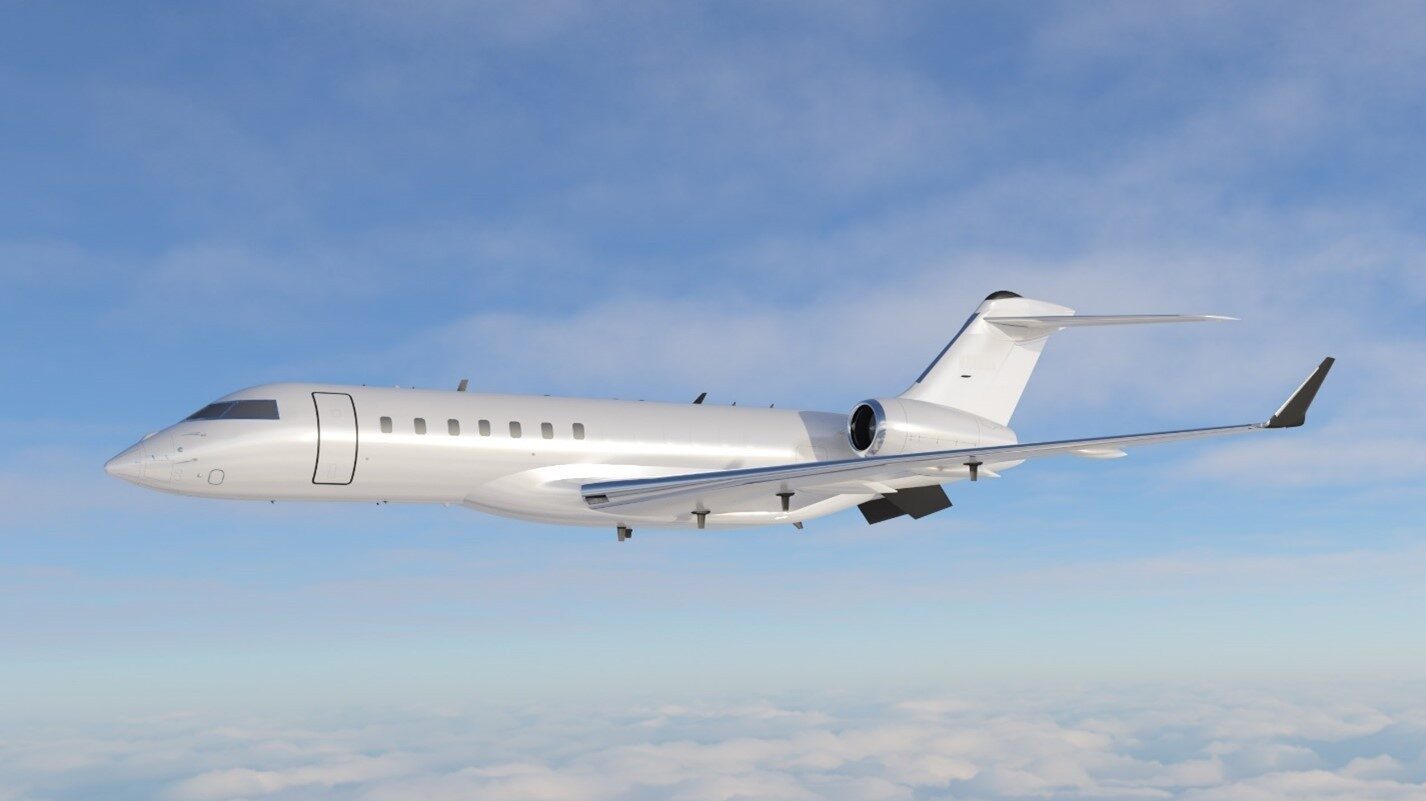
A Bombardier Global 6500 aircraft. (Bombardier via US Army)
WASHINGTON — After the 100-day protest window closes on the US Army’s new HADES spy plane contract, the service will deliver the first Bombardier Global 6500 business jet to the Sierra Nevada Corporation’s (SNC) Hagerstown, Md., facility for sensor and systems integration work to begin, according to a Army senior official.
“We have to be cognizant that every performer that competes for work has the right to protest if they would like to protest,” Andrew Evans, the director of the Army’s ISR Task Force, told Breaking Defense Tuesday.
“We will wait to see how the other performers for [the High Accuracy Detection and Exploitation System] HADES respond to the government’s award. If there’s a protest, we’ll get through that period and the GAO [Government Accountability Office] will make a decision about what the future of the award looks like.”
On Aug 22, the service announced it had selected SNC for the coveted HADES deal worth up to $991.3 million over 12-years, with the initial pot totaling $93.5 million for work on two crewed planes. Given the size of the contract, and the proclivity of defense contractors to protest in hopes of overturning government awards, it makes sense for the Army to be cautious. But it’s not totally clear who might protest.
As it was an open competition, it’s unclear how many contenders were also in the race for the HADES contract, though several other firms had been involved in precursor Army programs. One major contractor, L3Harris, confirmed to Breaking Defense they bid on the contract but had not yet decided how to proceed.
“We are disappointed with the Army’s decision and believe our team is best positioned to meet the HADES requirement,” a company spokesperson told Breaking Defense on Thursday. “L3Harris has decades of airborne ISR experience, including successfully providing solutions for the Army’s ATHENA-R and ARES programs. We look forward to gaining additional understanding during the debrief process.”
If the Army’s deal proceeds as planned, Evans said the service will deliver the first Bombardier plane to SNC in the October-November timeframe. The expectation is that work on that first HADES plane will be completed within 14 months, or the end of 2025, in anticipation of an operational assessment in 2026.
At the same time, the service has acquired a second aircraft that is still on Bombardier’s production line. Evans anticipates that that plane will be ready to hand over to SNC sometime later in fiscal 2025.
“They would work on those two prototypes at the same time, but they’d be split by about six or seven months just based on the [second] aircraft arrives in their facility,” he added.
The Army began work in the HADES program in 2020 with an eye towards replacing its legacy turboprop aircraft fleet that includes the Guardrail Enhanced Medium Reconnaissance and Surveillance System, and Airborne Reconnaissance Low aircraft.
Over the past several years, the Army tasked an array of companies with producing “bridging” aerial ISR assets designed, in part, to inform HADES requirements. Those included:
- An ISR as a service contract to the SNC for the High Altitude Expeditionary Next ISR-Sensor (Athena-S) centered around two converted Global 6500s;
- Another pair of converted Global 6500s by MAG Air and L3Harris under the Athena-Radar initiative;
- A Leidos-owned Bombardier Challenger 650 dubbed the Airborne Reconnaissance and Targeting Exploitation Multi-Mission Intelligence System (Artemis): and
- The L3 Harris Airborne Reconnaissance and Electronic Warfare System (Ares) that uses a Bombardier Global 6000.
The Army has not yet fielded those four previous Global 6500 conversions, and Evans said they are still being “finalized” with the four expected to be ready for deployment in early 2025. Since those Athena aircraft have not yet been used, the service has pulled on lessons from Artemis to help shape HADES to include the use of a larger, multi-band satellite dish and tweaking antenna placement.
“I can say that the Army’s most modern and transformational ISR system will only take about 14 months to develop, because we’ve done six years’ worth of work, in terms of the lessons learned, up to this point,” Evans said.
One item not yet on the HADES requirement list but coming soon is the capability to equip long-range, launched effects — think small drones that shoot off of HADES mid-flight. Evans said he is awaiting final approval from the Army Requirements Oversight Council on the overall launched effects portfolio, but once he has a “valid requirement,” work can begin on that capability under the new program.
“HADES is already proving value in competition: We use HADES surrogates every day around the world doing [intelligence, surveillance and reconnaissance] ISR, we see it being valuable in conflict,” Evans added. “What we do not intend to do is put HADES directly into the weapon engagement zone in the future.”

